Recycle your dryer lint and cooking oil into a no-waste fire starter quickly and easily! These no-wax, dryer lint fire starters are a great alternative to the chemical-laden fire starters sold at stores.
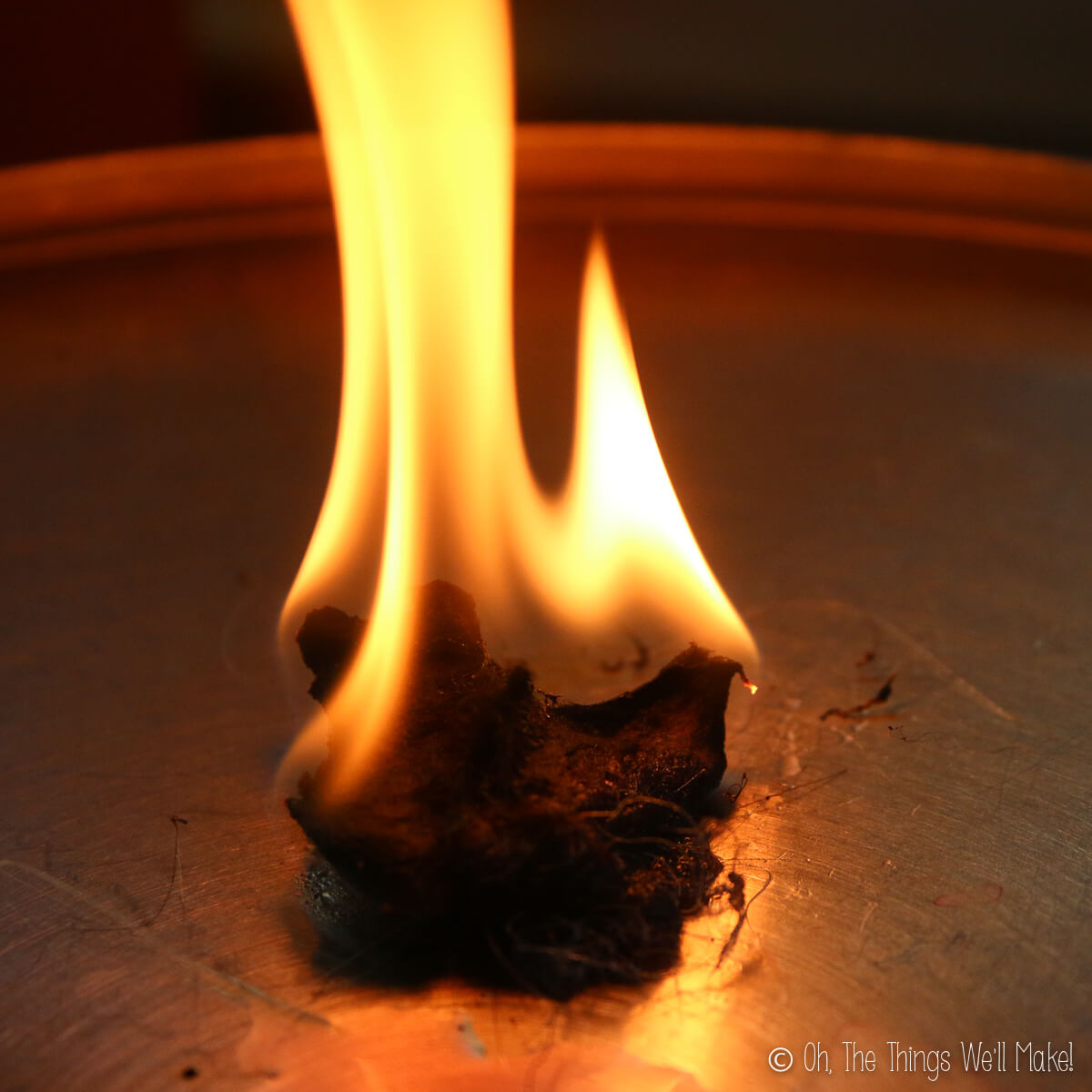
Electricity here in Spain is very expensive. (It’s not that the electricity itself is that much more expensive, or maybe it is, but half of our electric bill is made up of taxes.) Plus, I live in an area where it never snows and the houses just aren’t prepared for the cold. It’s not common for houses to have central heating or natural gas.
While we have small heater/air conditioning units, they aren’t enough to heat our house. So, we eventually installed an iron fireplace with a fan to help heat our living room.
Starting a good fire
Once a summer camp counselor, I got pretty good at starting camping fires. In fact, I got so good at it that one year I was called to one of the boys’ campsites to help their counselor start their campfire after he failed miserably, much to the dismay of his boys. 😉
The trick is to go slow and add small twigs first, leaving room for air, and then slowly building the fire up with kindling and progressively larger sticks and logs.
While I like the challenge of starting the fire without any help, when I’m cold and cranky I just want to get it started as quickly as possible. That’s where a good firestarter comes in handy!
Egg carton firestarters
At first, I tried making dryer lint firestarters with egg cartons after seeing tutorials online. Many people place dryer lint in each compartment of cardboard egg cartons. They then cover the lint with melted wax. Once the wax cools and sets, you can cut out each section to make individual firestarters.
The advantage of this technique is that you end up with mostly waterproof fire starters.
Unfortunately, they also have a lot of disadvantages. Not only are they messy and somewhat time-consuming to make, but they also take up a lot of space. (I tend to spill the wax and my hands got sore from trying to cut out all of the waxed egg carton compartments.)
Plus, paraffin wax can get expensive. While you can recycle candle wax from old candles, it’s still something extra needed.
As the final straw, once we got our own hens, I no longer had easy access to cardboard or paper egg cartons.
Toilet paper tube firestarters
If you don’t have access to egg cartons, you can use paper towel or toilet paper tubes instead (The cardboard tubes inside toilet paper rolls). After cutting the cardboard tubes into smaller pieces, the cardboard edges can be folded inwards to form the bottom of the tube. It can then be filled with dryer lint and/or sawdust and covered with melted wax. The top edges can then be folded inward to seal the tube.
While it’s another option, I still wanted something simpler that didn’t take as much effort and didn’t take up so much space.
Other ideas
I experimented with lots of other household items.
You can burn lots of different things you’d normally throw in the garbage: dryer lint, wine corks, pine cones, cotton balls, etc.
Wax isn’t the only option for fuel either. Rather than melt wax in a pot over the stove, vaseline (petroleum jelly) is much easier and less messy to use. I’m not a huge fan of petroleum jelly, though, and, again, it’s another thing you’d need to buy to make your DIY fire starters.
Alcohol is another fuel option that works relatively well. Some people use cotton balls or wine corks soaked in alcohol. This is a popular lightweight option for those who go backpacking. (I show how gel fuel is made with alcohol in my post about how to make hand sanitizer.)
My no-wax method
Then it occurred to me to try using oil. Oil is much cheaper than the other options and provides a decent burn time.
Materials
These simple homemade fire starters use simple materials: dryer lint and oil. The oil serves as the fuel and the lint as the wick. (You’ll also need a glass jar or another container for storing it.)
To collect dryer lint, clean it off the lint traps of your clothes dryer. (I store mine in a mason jar in a cupboard in my laundry room after each load of laundry until I collect enough.) Dryer lint is perfect for starting fires because it ignites easily, but it needs something to keep it burning: the oil.
For the oil, you can use any inexpensive cooking oil. If you deep fry foods, you can actually recycle the used cooking oil and use that! How’s that for a no-waste option?
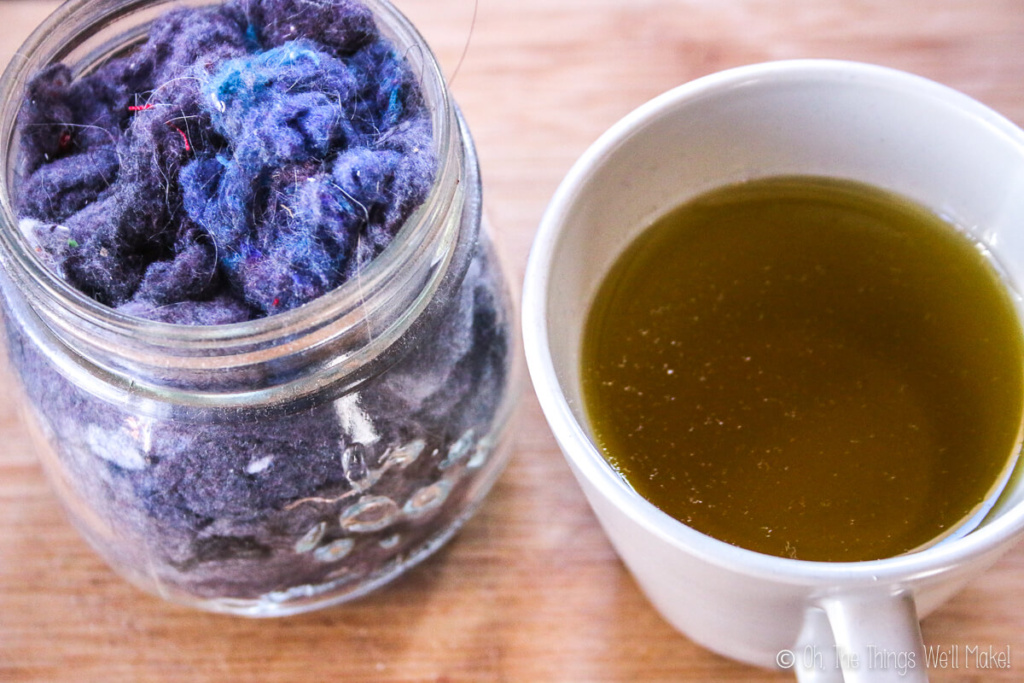
Procedure
Pack some dryer lint into a small glass jar. After adding some dryer lint, cover it in some oil. Add more dryer lint and press it into the oil below to help absorb it. Add more oil over top and continue to add layers of dryer lint and oil until you fill the jar (or until you have used up all of your materials).
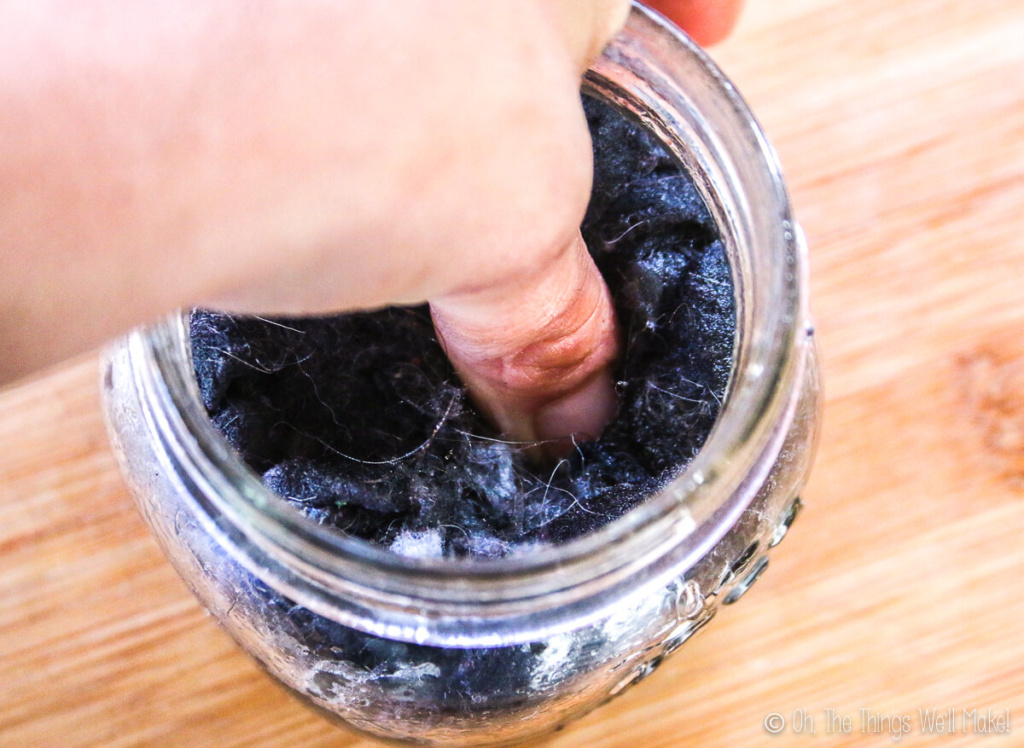
The best way to fully saturate the lint with the oil is to press on the lint as you add each layer. Keep pressing until the lint is fully covered with oil.
Cover the jar with a lid and store it near the fireplace. If you store it in a cute jar on your mantle, it’s an attractive way to start fires without needing a lot of space.
How to use them
To use your fire starter, pull off a small piece of oily dryer lint and ignite it. It should burn for long enough to help you start your fire! It’s really that simple.
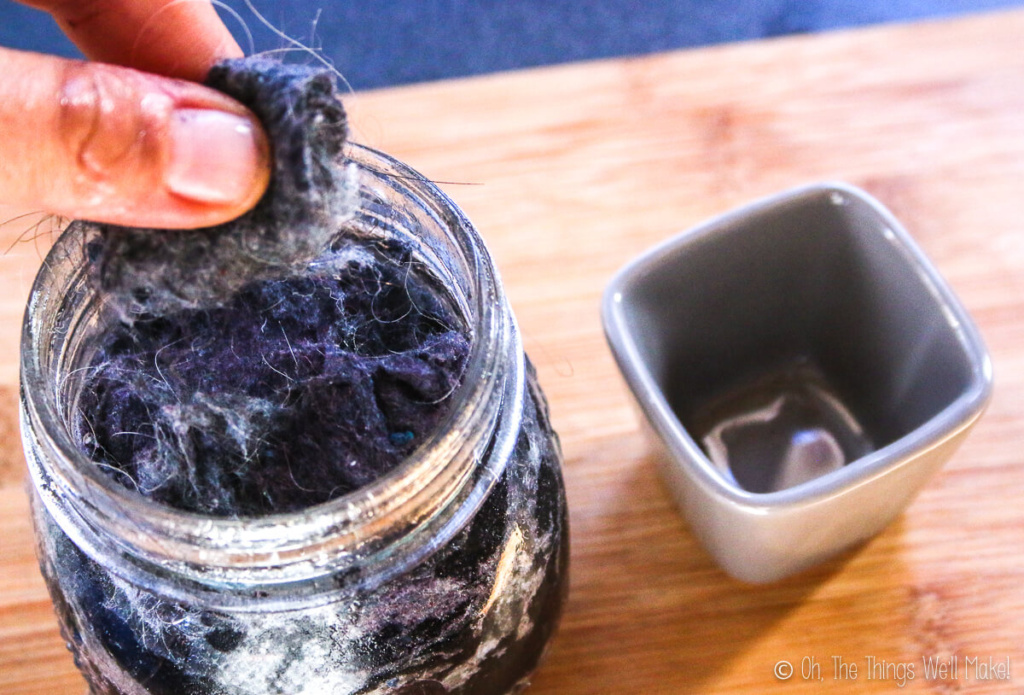
Video
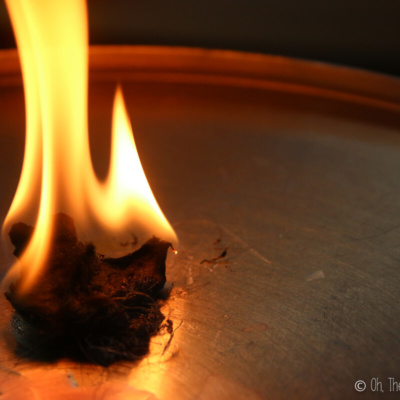
No-Wax Dryer Lint Fire Starters
Materials
- dryer lint
- cooking oil (can be used cooking oil)
- glass jar
Instructions
- Pack dryer lint into a small glass jar and cover it with oil. This is most easily done if you work in layers.

- To help saturate the lint with the oil, press on the lint as you add it over the oil from the previous layer. Keep adding layers of lint and oil until your jar is full, or until you have used up all of your materials.
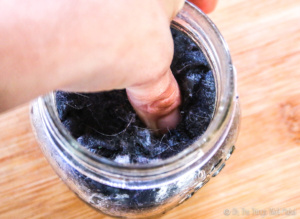
- Cover the jar with a lid and store it near your fireplace.
- To use your fire starter, pull off a small piece of oiled dryer lint and ignite it. It should burn for long enough to help you start your fire!
This post was originally posted on December 15, 2014. It was later republished, adding clearer and instructions and video.
 Español
Español
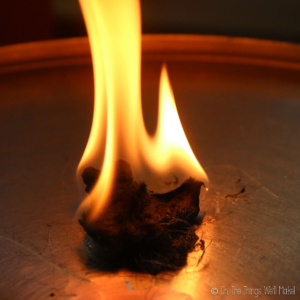
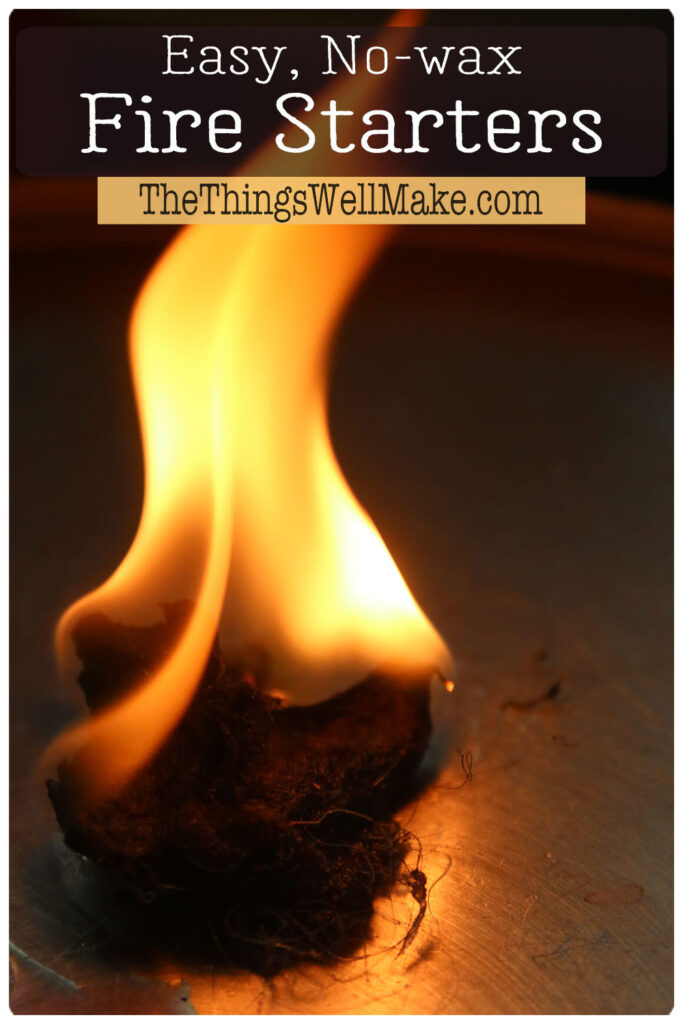
 How to Make Olive Oil From Scratch
How to Make Olive Oil From Scratch
AlaskaBarb
If one is using oil, or wax, or alcohol, as an accelerant, it can really just be placed directly on the kindling, wadded up newspaper, cardboard, bark, pine cones, or small pieces of dry firewood and skip the middleman.
Tracy Ariza, DDS
Perhaps, but this lights up immediately, much faster than the oil directly on the wood. You don’t need to use as much oil to start up the lint, and it allows you to put a use to something you’d otherwise throw away.
This is also easy to transport and much less messy than trying to pour used oil over the wood in your fireplace.
Adam
In reference to people worried about plastic in their lint and using this in their bbq…
I don’t imagine there’s very much nylon, polyester, etc. in the lint. Even if all your clothes are like 50/50 cotton/polyester, I suspect your lint is probably 90%/10% cotton/polyester. Those synthetic fibers don’t shed as bad as cotton. I consider the risk as negligible as using lighter fluid or newspaper. I don’t think I need to explain the lighter fluid reference. Newspapers are full of chemicals that was used to make the paper and ink. So don’t sweat the small percentage of plastic in your dryer lint.
Tracy Ariza, DDS
Great thought!
Mel Cheesy
Carrying around a glass jar in your backpack? Obviously the author isn’t traversing far from the parking lot. In that case why not just bring a small vial of gasoline?
Tracy Ariza, DDS
I use the glass jar for keeping by my fireplace. I obviously wouldn’t suggest the glass jar option for backpacking, but a plastic baggie would work.
Sandy McGovern
Excellent idea. I think I could even go to a restaurant or bar & get old oil. They wouldn’t have to pay to have it picked up. I was keeping dryer fuz in baggies for fires in my car emergency box. Of course, only my Sister understood the reasoning behind it. Now I can print & share the article. Thanks.